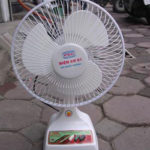The crape myrtle tree is steeped in nostalgia for many students, as its blooming signals the arrival of summer. Join us as we explore the crape myrtle and its fascinating intricacies!
1 What is the Crape Myrtle?
The crape myrtle, scientifically known as Lagerstroemia speciosa, is native to India and belongs to the genus Lagerstroemia. It is a woody tree with a straight, branching habit, typically growing to heights between 100 and 150 cm.
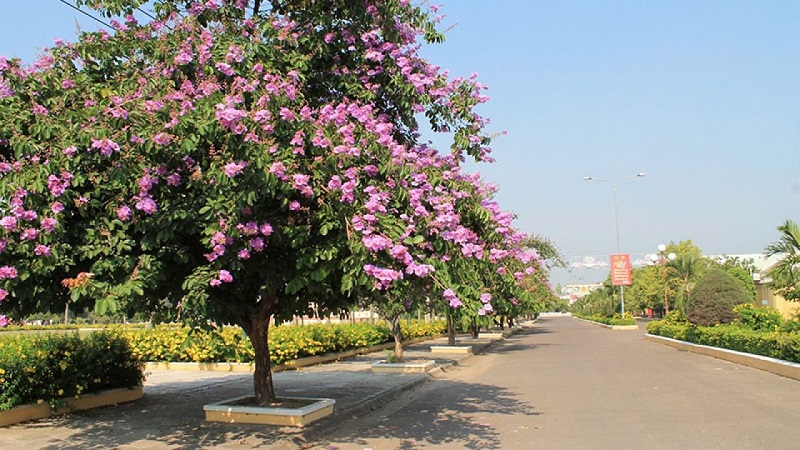 The crape myrtle tree is native to India
The crape myrtle tree is native to India
Its leaves are elongated, ranging from 8 to 15 cm in length, and assume an elliptical or oval shape. They don a lush green hue. The tree sheds its leaves annually during autumn, and its flowers blossom in clusters, each stretching 20 to 30 cm in length. They appear delicate, resembling thin rice paper.
Over time, the flowers give way to fruits. Initially, these fruits are green-violet, hardening to a brown wood-like sphere as they mature. Within each fruit lies a seed.
2 When Does the Crape Myrtle Flower?
 The crape myrtle typically flowers during the summer months of May and June
The crape myrtle typically flowers during the summer months of May and June
The crape myrtle typically flowers during the summer months of May and June. This period marks the peak of its blooming splendor and holds special significance for students, whether they are graduating or embarking on a new academic year.
3 The Significance of the Crape Myrtle
The blooming of the crape myrtle coincides with the summer break for students, be it a transition to a new grade or the conclusion of their high school journey. Its purple hue evokes a sense of bittersweet farewells between teachers and students, and among peers.
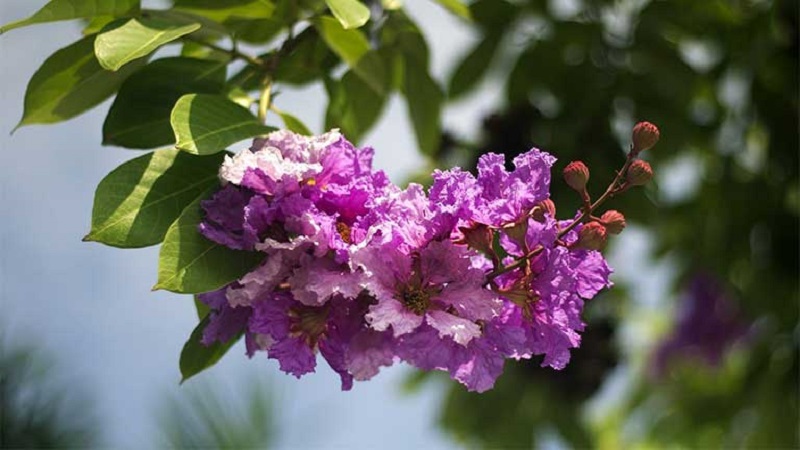 The purple crape myrtle carries a subtle hint of melancholy
The purple crape myrtle carries a subtle hint of melancholy
Moreover, the crape myrtle symbolizes the pure and innocent affections of student life. Its vibrant blooms beneath the dreamy school roofs intertwine with the emotional landscape of adolescent students.
Beyond the realm of academia, the crape myrtle also represents the warmth of enduring friendships. This symbolism explains why crape myrtles and red phoenix trees are often planted together on school grounds.
4 The Legend of the Crape Myrtle
In ancient times, the Jade Emperor had twelve daughters, each endowed with breathtaking beauty. One day, he proclaimed that he would bestow upon them the honor of becoming the goddesses of the most exquisite flowers in the mortal realm.
Each princess chose a flower that captivated her, except for the youngest, who was indecisive. She confided in her father, expressing her fondness for the color purple.
Jade Emperor: My youngest daughter, which flower do you desire to be the goddess of? I shall grant your wish.
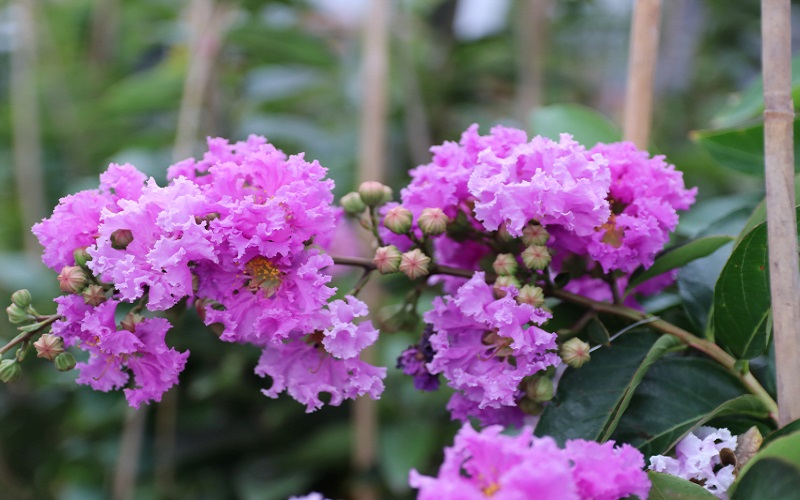 Despite the faded purple petals, the scholar still cherished the flower
Despite the faded purple petals, the scholar still cherished the flower
Youngest Princess: Your Majesty, I adore the color purple. Please grant me the honor of becoming the goddess of the purple flower.
The Jade Emperor acceded to her request, and thus, she became the goddess of the purple crape myrtle. In the mortal realm, a destitute scholar stumbled upon this delicate purple flower and was instantly enamored. He carefully tended to it, nurturing its growth.
With each blooming season, the scholar’s affection for the flower deepened, unbeknownst to him that the youngest princess had also fallen in love with him. Moved by his devotion, she pleaded with her father to allow her to descend to the mortal realm to be by the scholar’s side.
However, the Jade Emperor adamantly refused. Heartbroken, the princess pined for her beloved, and as her sorrow deepened, the vibrant purple petals gradually lost their color. Yet, the scholar’s unwavering love for the flower remained unchanged.
5 The Practical Uses of the Crape Myrtle
Beyond its sentimental value, the crape myrtle is prized for its practical applications. Owing to its upright growth habit and expansive canopy, it is commonly employed as an ornamental tree in landscapes, including school compounds and parks. It contributes to air purification and creates a refreshing, dust-free environment.
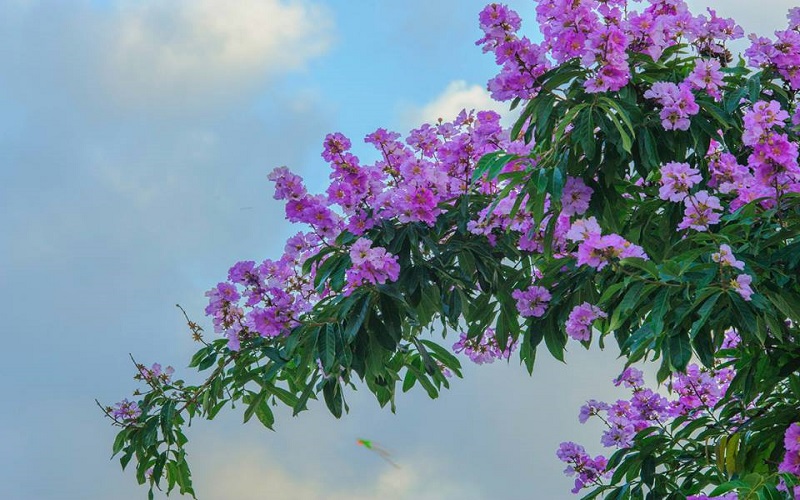 The crape myrtle is often utilized for landscaping purposes
The crape myrtle is often utilized for landscaping purposes
Additionally, the crape myrtle possesses medicinal properties. It is used to treat a range of ailments, including insomnia, skin ulcers, diabetes, ringworm, and fungal infections. It also acts as a diuretic.
The aforementioned insights into the crape myrtle and its blooming season shed light on the allure of this memorable purple flower.





























